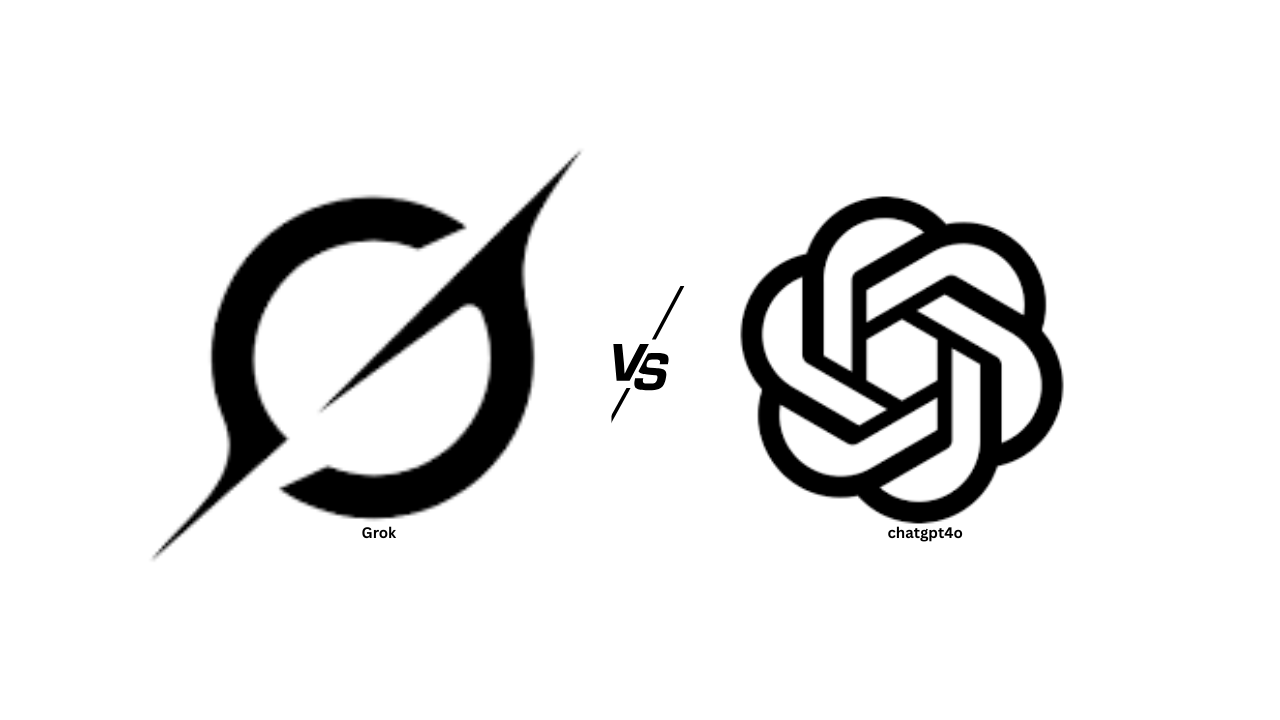In the ever-evolving world of smartphones, finding a device that offers great value for money can be a daunting task. However, Xiaomi’s Poco series has consistently managed to strike a balance between affordability and performance. The latest addition to this lineup, the Xiaomi Poco C75, is no exception. Aimed at budget-conscious consumers, this smartphone delivers a compelling package of features, design, and performance that makes it a strong contender in the entry-level segment. Let’s dive deeper into what makes the Poco C75 stand out.
Design and Display: Sleek and Functional
The Xiaomi Poco C75 sports a modern and minimalist design that feels premium despite its budget-friendly price tag. The device features a sleek plastic back with a glossy finish, available in a range of vibrant colors that appeal to younger audiences. The rear camera module is neatly arranged, giving the phone a polished look.
On the front, the Poco C75 boasts a 6.74-inch IPS LCD display with a resolution of 720 x 1600 pixels. While it may not be the sharpest display in the market, it offers decent brightness and color reproduction, making it suitable for everyday tasks like browsing, watching videos, and gaming. The waterdrop notch for the front camera ensures an immersive viewing experience, and the large screen size is perfect for multimedia consumption.
The phone’s ergonomic design ensures a comfortable grip, and the lightweight build makes it easy to carry around. Overall, the Poco C75’s design and display are well-suited for its target audience, offering a balance of style and functionality.

Performance: Smooth and Reliable
Under the hood, the Xiaomi Poco C75 is powered by the MediaTek Helio G36 chipset, which is specifically designed for entry-level smartphones. While it may not compete with flagship processors, the Helio G36 delivers reliable performance for day-to-day tasks. Paired with up to 6GB of RAM, the phone handles multitasking with ease, allowing you to switch between apps without noticeable lag.
For gaming enthusiasts, the Poco C75 supports casual gaming titles like PUBG Mobile, Call of Duty: Mobile, and Free Fire at low to medium settings. The device also features HyperEngine technology, which optimizes gaming performance by enhancing frame rates and reducing latency. While it may not be a gaming powerhouse, it offers a smooth experience for casual gamers.
Storage-wise, the Poco C75 comes with 128GB of internal storage, which is expandable via a microSD card. This is a significant advantage for users who need ample space for apps, photos, videos, and other files.
Camera: Capable Shooter for the Price
The camera setup on the Xiaomi Poco C75 is another highlight, especially considering its price point. The phone features a dual-camera system on the back, consisting of a 50MP primary sensor and a 2MP depth sensor. The 50MP main camera captures detailed and vibrant photos in good lighting conditions, while the depth sensor helps produce portrait shots with a pleasing bokeh effect.
In low-light scenarios, the camera performance is decent, thanks to features like Night Mode, which brightens up dark environments and reduces noise. The 8MP front-facing camera is ideal for selfies and video calls, delivering clear and natural-looking results.
While the Poco C75’s camera may not rival high-end smartphones, it offers impressive capabilities for its price range, making it a great choice for casual photographers and social media enthusiasts.
Battery Life: All-Day Power
One of the standout features of the Xiaomi Poco C75 is its massive 5000mAh battery. This ensures that the phone can easily last a full day of heavy usage, including browsing, streaming, gaming, and more. Even for power users, the Poco C75’s battery life is unlikely to disappoint.
The phone supports 10W charging, which is relatively slow compared to some competitors. However, given the large battery capacity, this is a minor trade-off. Overnight charging or topping up during the day should suffice to keep the device running smoothly.
Software: MIUI for a Customized Experience
The Xiaomi Poco C75 runs on MIUI 14, based on Android 13. MIUI is known for its feature-rich interface and customization options, allowing users to personalize their experience with themes, widgets, and more. While some users may find the interface slightly cluttered, it offers a host of useful features like a system-wide dark mode, app cloning, and gesture navigation.
Xiaomi also promises regular software updates, ensuring that the Poco C75 stays secure and up-to-date with the latest features. However, it’s worth noting that MIUI comes with pre-installed apps, which may not appeal to everyone.
Connectivity and Additional Features
The Poco C75 covers all the basics when it comes to connectivity. It supports 4G LTE, ensuring fast internet speeds for browsing and streaming. Other features include dual SIM support, Wi-Fi, Bluetooth 5.3, and a 3.5mm headphone jack, which is a welcome addition for users who prefer wired headphones.
The phone also includes a side-mounted fingerprint sensor for quick and secure unlocking, as well as face unlock for added convenience. These features enhance the overall user experience, making the Poco C75 a practical choice for everyday use.
Final Verdict: A Budget-Friendly Powerhouse

The Xiaomi Poco C75 is a testament to the fact that you don’t need to spend a fortune to get a reliable and feature-packed smartphone. With its sleek design, capable camera, long-lasting battery, and smooth performance, it offers excellent value for money. While it may not excel in every department, it ticks all the right boxes for an entry-level device.
If you’re a budget-conscious consumer looking for a smartphone that delivers on the essentials without breaking the bank, the Poco C75 is definitely worth considering. It’s a solid choice for students, first-time smartphone users, or anyone who wants a dependable device for everyday use. Xiaomi has once again proven that affordability doesn’t have to mean compromising on quality. Follow for updates on Smartphones.





